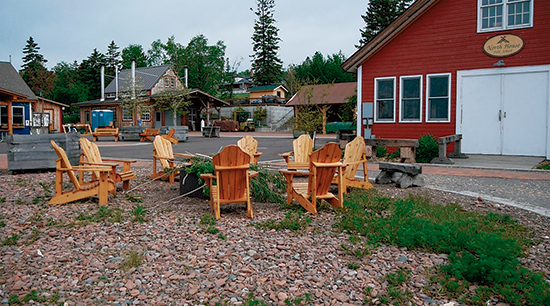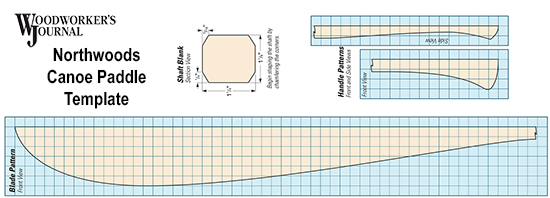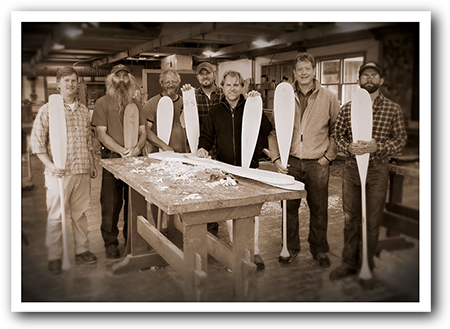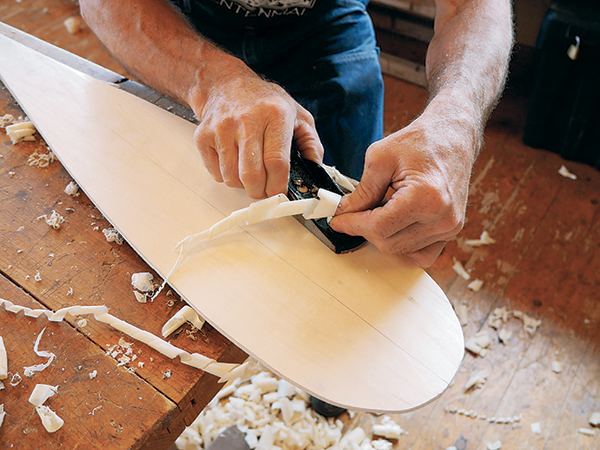
Learn to make a traditional solid wood canoe paddle, a tool that travelers in these parts have been making and using for hundreds of years.
There’s a special place on the shore of Lake Superior, in Grand Marais, Minnesota, that combines the loves of handmade crafts, the outdoors and northern traditions. That place is the North House Folk School, a school that offers classes about such varied topics as woodworking, pottery, blacksmithing, traditional outdoor skills, boat making and cooking. I recently spent a couple of days there when the activities on campus included basket weaving, sausage making, canoe building and, in my case, making a paddle
I can explain the basic process of making a paddle and share the plans with you, but I don’t think I’ll do the experience justice. You can learn to make most projects with a good set of plans and instructions, but the benefits of attending a class at a school like North House are meeting and working with other people that share your enthusiasm and the insights you gain from the instructor. Mike Schelmeske, a resident of Grand Marais who has been making paddles and other hand tools for over 30 years, taught my class. He’s made nearly 200 paddles and helped others make another 200.
VIDEO: Paddle Making at North House Folk School
Choosing the Wood
Contrary to many assumptions, a paddle does not have to be made from moisture-resistant wood. As long as you apply a finish and hang your paddle to dry thoroughly after each use, you can make a paddle out of just about any wood. The best wood species for paddles are both strong and lightweight.
Mike’s go-to choice is basswood. Other popular options include white cedar and Alaskan yellow cedar. These woods tend to have less character to their grains, but they are light- weight and easy to shape. If you’d like something with more interesting character, then you might choose a hardwood, such as ash, black cherry or walnut, but these woods will be heavier. Another consideration to keep in mind is that more interesting grain patterns tend to be more challenging to plane. Whatever species you choose, start with a piece that is 5/4″ thick by at least 7″ wide by roughly 60″ long (the length depends on the intended paddler’s height; see photo, page 46). It’s also best to select a board that has a symmetrical growth ring pattern.
Design
There are countless variations of paddle designs. Mike had a selection of several templates that he has collected over the years. He was even kind enough to share his 26″ Northwoods beavertail style blade and handle templates for you to use (see Drawings). We made a traditional solid wood paddle, but you can also laminate multiple pieces together and use the same templates and techniques to make a laminated paddle. Keep in mind that using multiple wood species and grain directions in the same paddle blank may create hand planing challenges.
Download Canoe Paddle Template PDF
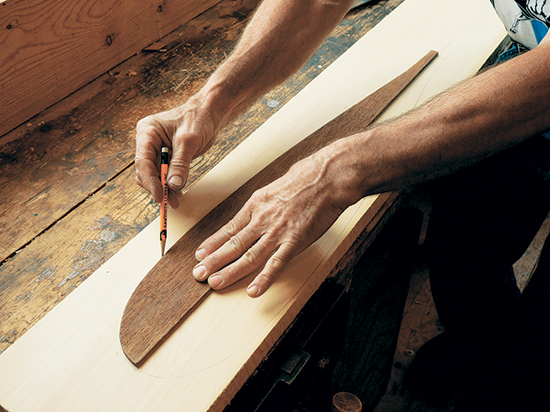
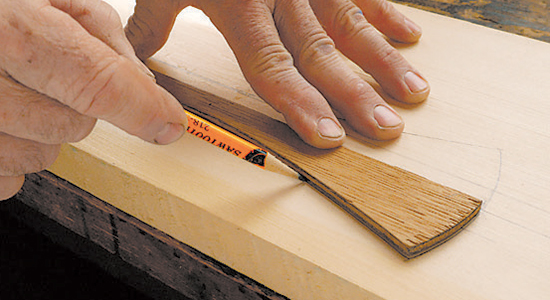
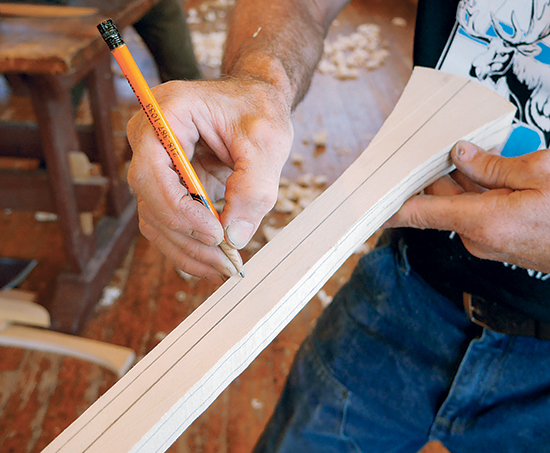
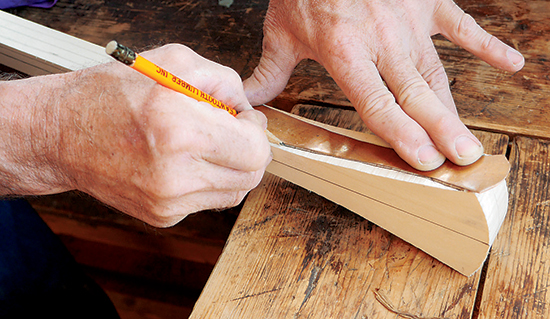
Shaping
The steps to make a paddle are fairly easy to follow (see below). As the old woodcarver’s joke goes, you simply start with a piece of stock and remove all the wood that doesn’t look like a paddle. Depending on your ability with a hand plane, making your first paddle will take the better part of a weekend. You can speed up the initial blade planing process with a power planer, but the rest of the shaping is best done with hand planes, a spokeshave and maybe a carving or crooked knife.
The goal is to remove as much material as you can without compromising strength. The most common mistake for participants in my class was actually being too cautious and not removing enough material. Unfortunately, knowing when to stop removing material is something that comes with experience — another reason attending a class with a seasoned instructor was helpful.
Step-by-Step:
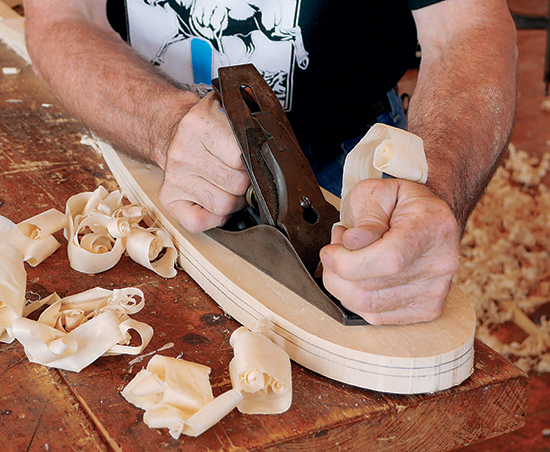
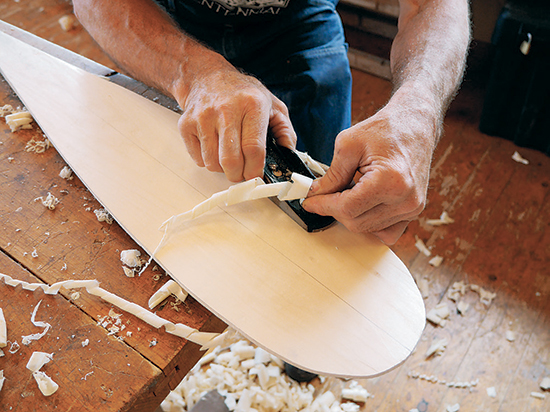
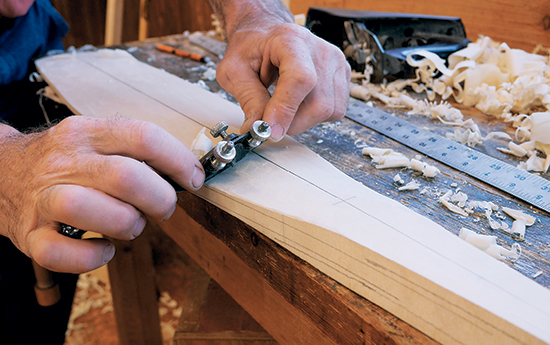
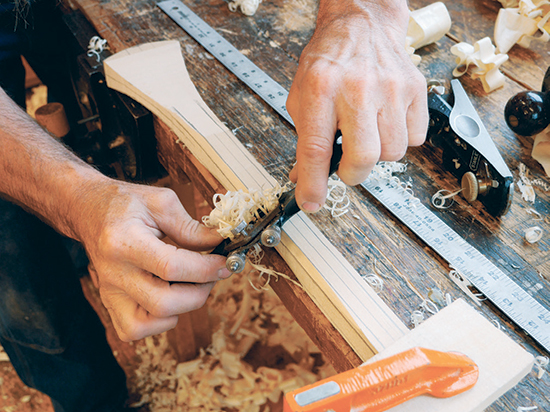
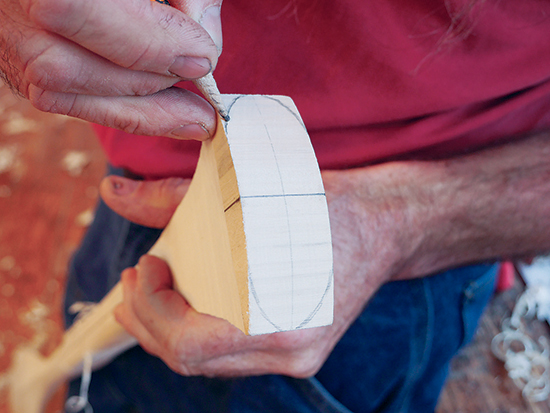
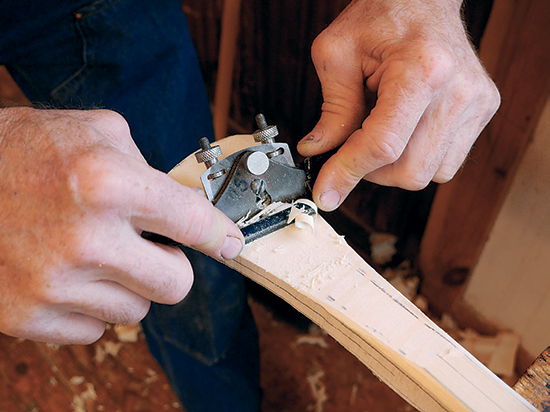
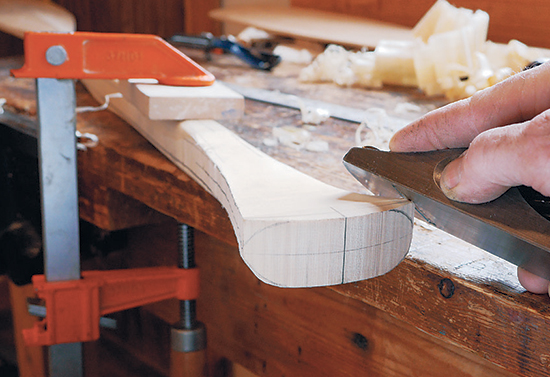
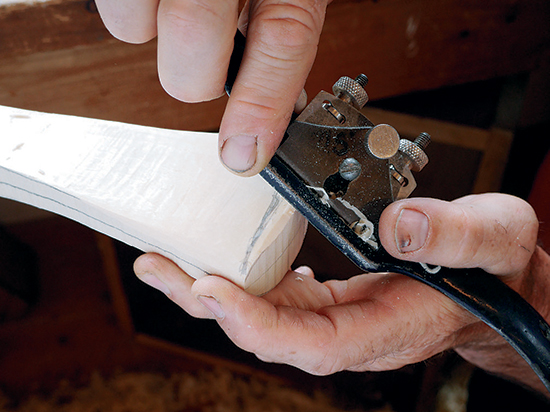
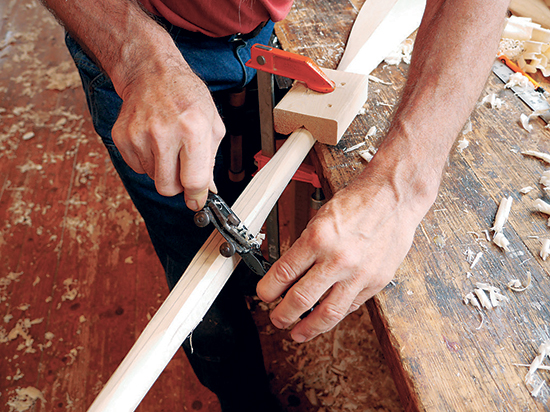
Finishing
There are two schools of thought when it comes to finishing a paddle. One approach is to use a marine varnish or epoxy to provide maximum protection. The downside of this approach is that when the finish eventually breaks down, it requires more work to refinish. The other approach, the one that Mike endorses, is to apply an oil finish, such as tung oil finish, that will seal the wood, but does not create a thick film layer. An oil finish must be reapplied more frequently, depending on how much use the paddle gets. In either case, the best way to keep your paddle in good condition is to hang it up to dry thoroughly after each use.
Whether you make one for yourself or as a gift, making a paddle is a very satisfying project. It will pay you back everytime you use it. Even if you choose not to make a paddle, I highly recommend seeking out a craft school in your area and enrolling in a class. The experience will leave you with new skills, a new project and new friends.
Dan Cary manages and creates digital content for Woodworker’s Journal and former Editor in Chief of HandyMagazine. Follow him on Instagram and Twitter at @danrcary
